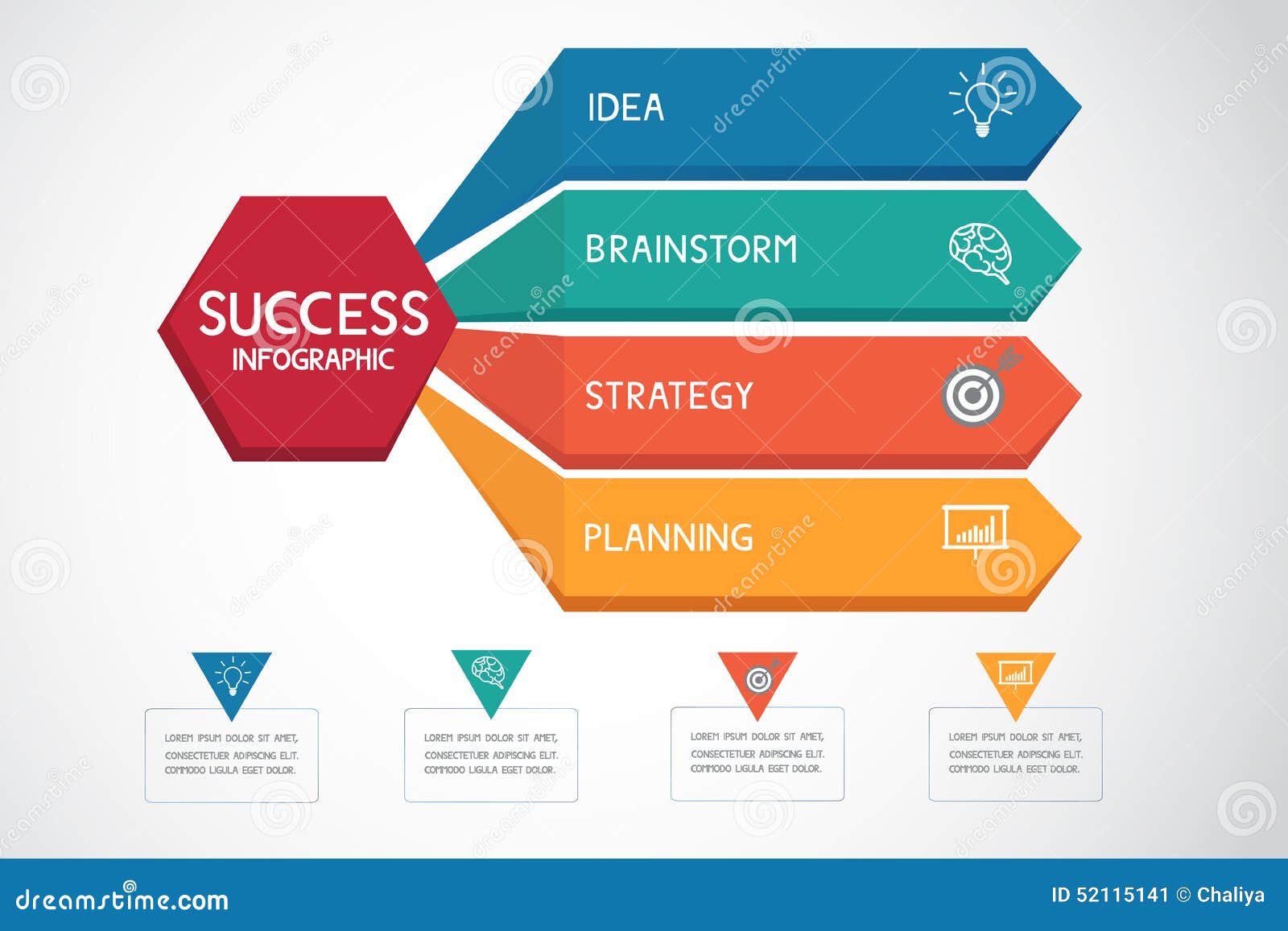Key Elements Of Website Design: Techniques For Developing An Accessible User Experience
Key Elements Of Website Design: Techniques For Developing An Accessible User Experience
Blog Article
Content Written By-Crews Thrane
When it comes to website style, making sure user-friendliness is essential. From receptive design to streamlined navigating, every component plays a critical role in developing a site that accommodates your target market's demands. However what about the better details that can make or damage a user's surfing experience? Keep tuned as we reveal some often-overlooked suggestions that can raise your website's use to the following level, making it genuinely attract attention in the digital landscape.
Significance of Responsive Design
Receptive design is an important facet of modern internet site development. Guaranteeing your site is responsive means that it can adapt to various screen dimensions and devices, giving a smooth experience for customers.
With the boosting use of smartphones and tablet computers to access the net, having a responsive design is important for reaching a larger target market. It aids in enhancing user experience by making your internet site very easy to browse and keep reading any type of tool.
In addition, receptive design can positively affect your search engine rankings, as online search engine like Google prioritize mobile-friendly sites. By having a responsive design, you're additionally future-proofing your website, as new tools with differing screen dimensions remain to emerge.
Simplify Navigation Framework
To boost individual experience and assist in easy accessibility to details on your web site, simplifying the navigating framework is paramount. When designing your website, focus on creating a clear and instinctive navigating food selection that helps site visitors find what they're seeking promptly.
just click the up coming web site of food selection things to the basics, grouping associated web pages with each other to stay clear of frustrating customers. Use descriptive labels that plainly indicate the web content of each page, making it simpler for individuals to comprehend where each web link will certainly take them.
Take into consideration applying dropdown menus for subcategories to stop littering the major navigating bar. In addition, consist of a search bar plainly on the web page for customers who prefer looking for particular details.
Prioritize mobile responsiveness in your navigating style to make sure very easy accessibility on all devices.
Enhance Page Lots Speed
Improving web page load rate is crucial for preserving visitors on your web site. Slow-loading seo and keyword optimization discourage users and can result in high bounce prices. To maximize web page load speed, begin by optimizing photos. Compress photos without compromising high quality to minimize their data sizes.
In webpage , make it possible for internet browser caching to store regularly accessed sources in your area, speeding up load times for returning site visitors. Minify CSS, JavaScript, and HTML data by getting rid of unnecessary characters, comments, and format, improving tons rate.
Consider using a web content delivery network (CDN) to disperse your internet site's material across multiple web servers worldwide, lowering latency for individuals accessing your site from various places. Finally, limit making use of third-party manuscripts and plugins, as they can substantially impact tons times.
Final thought
To conclude, by incorporating receptive design, streamlining navigating, and optimizing page load rate, you can create an easy to use website that attract a larger target market and boosts individual experience. These essential elements guarantee that visitors can conveniently gain access to and browse your website throughout various gadgets, resulting in enhanced interaction and complete satisfaction. By concentrating on these key elements, you can build a successful web site that maintains customers coming back for even more.
